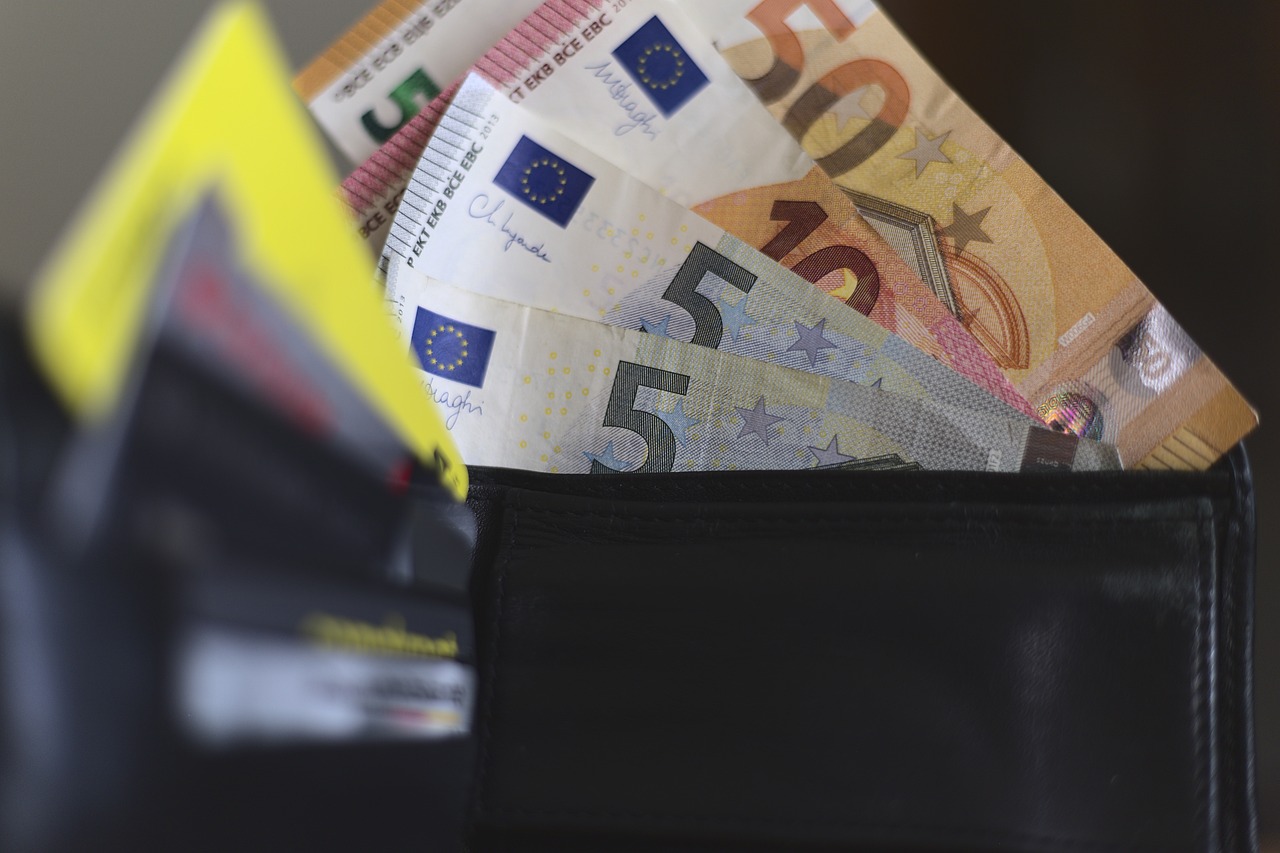Credit Card Payments for Money Transfers to India: Fees, Security, and Required Documents
GPT_Global - 2025-09-06 16:30:41.0 16
Are credit card payments accepted for money transfers to India through remittance services?
When it comes to transferring money to India through remittance services, many people wonder if credit card payments are accepted. The good news is that some remittance companies do allow credit card payments for transfers to India. This offers added convenience for those who prefer using credit cards instead of bank accounts or other methods.
However, it's important to note that not all remittance services accept credit card payments. Some platforms may charge higher fees for credit card transactions compared to other payment methods like bank transfers or debit cards. Additionally, credit card payments may come with a higher interest rate or additional processing time depending on the service provider.
If you're considering using a credit card for remittance services, it's a good idea to compare various providers. Look for those that offer competitive fees, fast processing times, and secure transactions to ensure the best experience when sending money to India. Always read the terms and conditions carefully to understand the full cost before making a transfer.

Can I send money to India to a mobile wallet using a credit card?
In today’s digital world, sending money across borders has become easier than ever. If you're wondering whether you can send money to India to a mobile wallet using a credit card, the answer is yes! Many remittance services now offer the convenience of transferring funds directly to mobile wallets like Paytm, PhonePe, and Google Pay in India.
Using a credit card to fund your transfer can be a fast and convenient option. The process is simple: you select the amount, enter your recipient's mobile number linked to their wallet, and choose credit card payment at checkout. However, it’s important to be aware that credit card payments often come with processing fees and higher exchange rates compared to other methods like bank transfers or debit cards.
Before making a transfer, ensure that your remittance service provider supports mobile wallet transfers and accepts credit card payments. Verify any additional fees or restrictions. Overall, sending money to a mobile wallet in India using your credit card is a quick and secure way to support friends and family.
Does the credit card company charge interest on money transfers to India?
When sending money to India, one common concern is whether the credit card company charges interest on money transfers. Many people use credit cards as a convenient payment method for remittance services, but it's important to understand the potential costs involved.
Credit card companies typically charge interest on cash advances, which can include money transfers. If you use your credit card to transfer funds to India, you may be charged interest from the day the transaction is made, often at a higher rate than regular purchases. Additionally, there may be a cash advance fee, which varies between credit card providers.
To avoid unexpected charges, it's crucial to check your credit card's terms and conditions. Some remittance services offer the option to pay with a credit card, but always compare fees and interest rates. Alternatively, other payment methods, like bank transfers or digital wallets, may have lower or no interest charges, making them a more affordable option for sending money abroad.
In summary, while credit card companies may charge interest on money transfers to India, being informed about fees and interest rates can help you make a more cost-effective decision when sending money home.
What documents are required to send money to India using a credit card?
Sending money to India using a credit card is a popular and convenient method for remittances. However, certain documents are required to ensure the transfer is smooth and secure. The documentation varies slightly depending on the remittance service you choose, but generally includes the following:
1. **Valid Government-Issued ID**: You’ll need to provide a passport, driver’s license, or any other valid ID to verify your identity. This helps prevent fraud and ensures the transfer is legitimate.
2. **Proof of Address**: A utility bill, bank statement, or rental agreement can serve as proof of your current address. This is necessary for regulatory compliance and to verify your residence.
3. **Credit Card Details**: Your credit card number, expiration date, and security code are required to process the payment. Some services may also request additional details for enhanced security.
4. **Recipient’s Information**: The name, address, and contact details of the person receiving the funds in India are needed to complete the transaction.
By providing these documents, your remittance transaction will be processed swiftly and securely, helping you send money to India with ease using your credit card.
How can I avoid high fees when sending money to India with a credit card?
Sending money to India using a credit card can come with high fees, making it essential to find ways to reduce these costs. Fortunately, there are several strategies you can use to avoid excessive charges when transferring funds.
First, compare remittance services to find the best deal. Some providers offer lower fees for credit card payments, so researching multiple options can save you money. Look for services that offer flat-rate fees or offer promotional rates for first-time users.
Another key tip is to consider using a payment platform that specializes in international transfers. These platforms often have partnerships with Indian banks, which can help reduce the costs associated with cross-border credit card payments. Many platforms also allow direct bank transfers, which typically come with lower fees.
Finally, consider paying in local currency instead of USD. Some remittance companies charge extra for currency conversion, but paying in Indian Rupees can help avoid these added fees. Always read the terms and conditions before proceeding with a transfer to ensure you're getting the best deal possible.
Can I send money to India with a credit card for emergency purposes?
When faced with an emergency, sending money abroad quickly is crucial. If you need to send money to India, using a credit card can be an efficient option. Many remittance services allow customers to transfer funds using a credit card, offering convenience and speed.
Most money transfer services that accept credit card payments provide instant transfers to India, which is particularly beneficial in urgent situations. It ensures your loved ones in India receive funds almost immediately, which can be crucial for medical emergencies or urgent bills.
However, it’s important to be aware of the fees associated with using a credit card. While transfers might be quick, credit card payments often come with higher processing fees compared to traditional bank transfers or debit card payments. Additionally, some remittance companies might charge interest rates on the amount you transfer if it’s treated as a cash advance.
Before proceeding, compare the fees and exchange rates offered by various remittance platforms. Services like Western Union, MoneyGram, and PayPal are among the most common options, and they often have user-friendly mobile apps to make the process even more seamless.
How secure is the process of sending money to India using a credit card?
The process of sending money to India using a credit card is generally secure, but it’s essential to understand the underlying factors that ensure safety. Reputable remittance services use advanced encryption and security protocols to protect your sensitive information, including your credit card details.
However, it’s crucial to verify the credibility of the service provider before initiating a transaction. Choose platforms that are regulated and offer fraud protection measures. Established providers often have robust security practices, including two-factor authentication, to safeguard your funds and personal data.
Credit card transactions tend to be faster compared to traditional bank transfers, making them an attractive option for urgent money transfers. However, keep in mind that credit card payments might incur higher processing fees compared to other payment methods like debit cards or bank transfers.
To maximize security, always double-check the remittance platform's policies, customer reviews, and certifications. Additionally, avoid sharing your card details over unsecured networks. By following these guidelines, you can ensure a safe and reliable money transfer experience to India.
About Panda Remit
Panda Remit is committed to providing global users with more convenient, safe, reliable, and affordable online cross-border remittance services。
International remittance services from more than 30 countries/regions around the world are now available: including Japan, Hong Kong, Europe, the United States, Australia, and other markets, and are recognized and trusted by millions of users around the world.
Visit Panda Remit Official Website or Download PandaRemit App, to learn more about remittance info.



